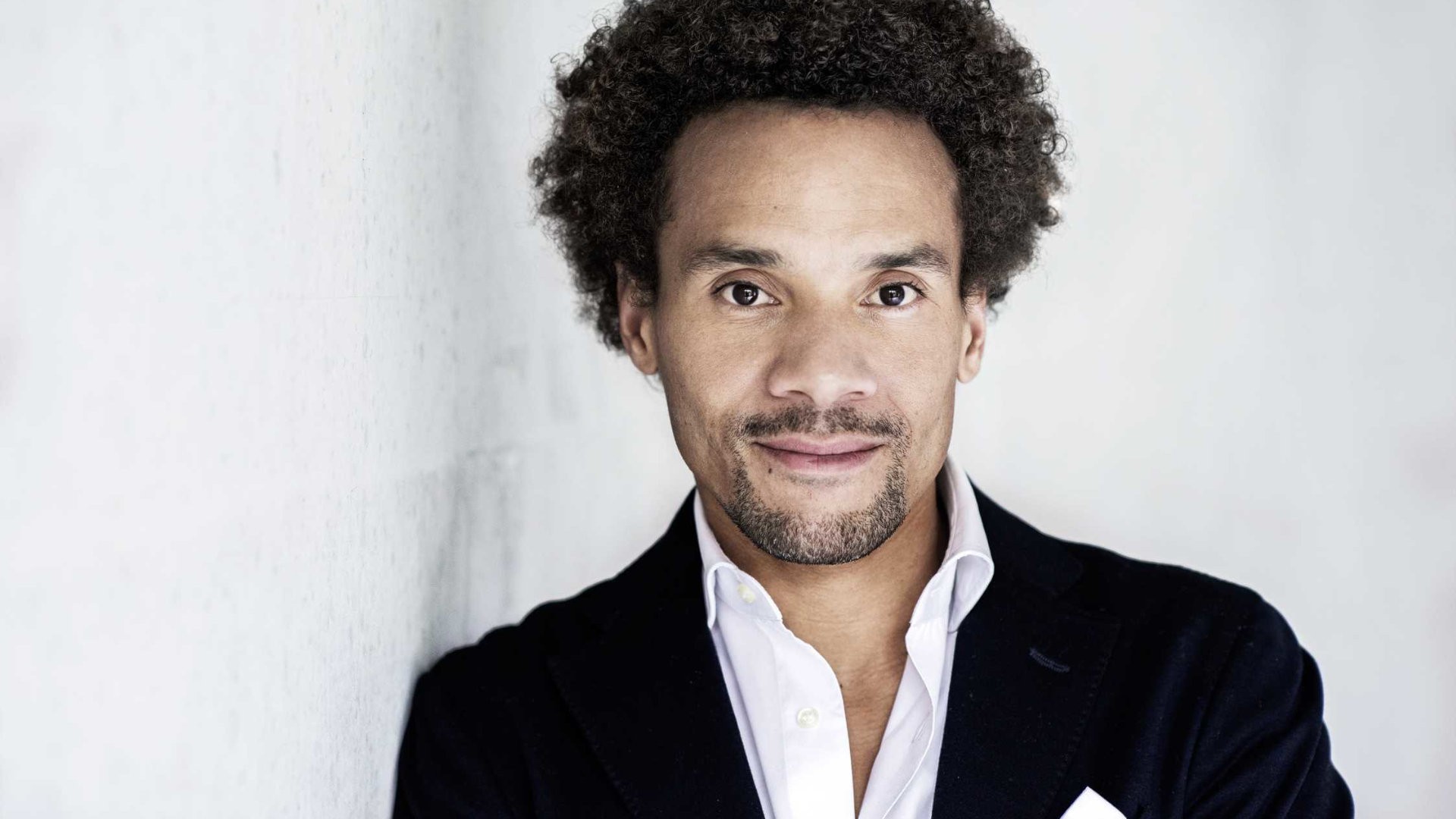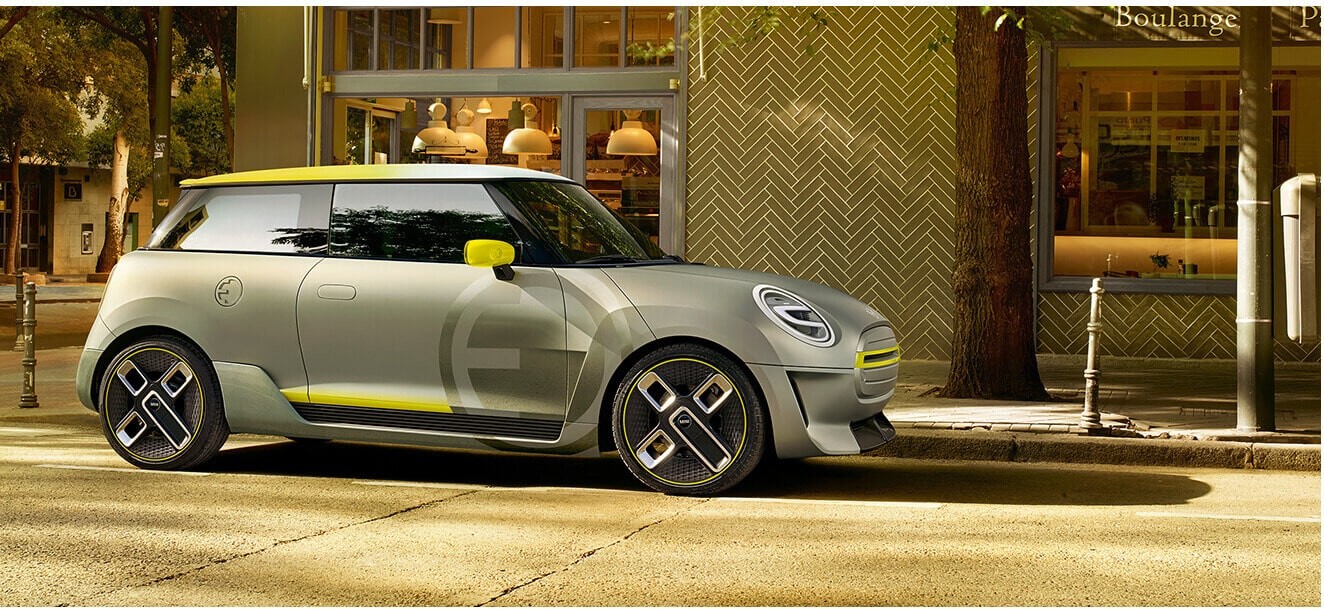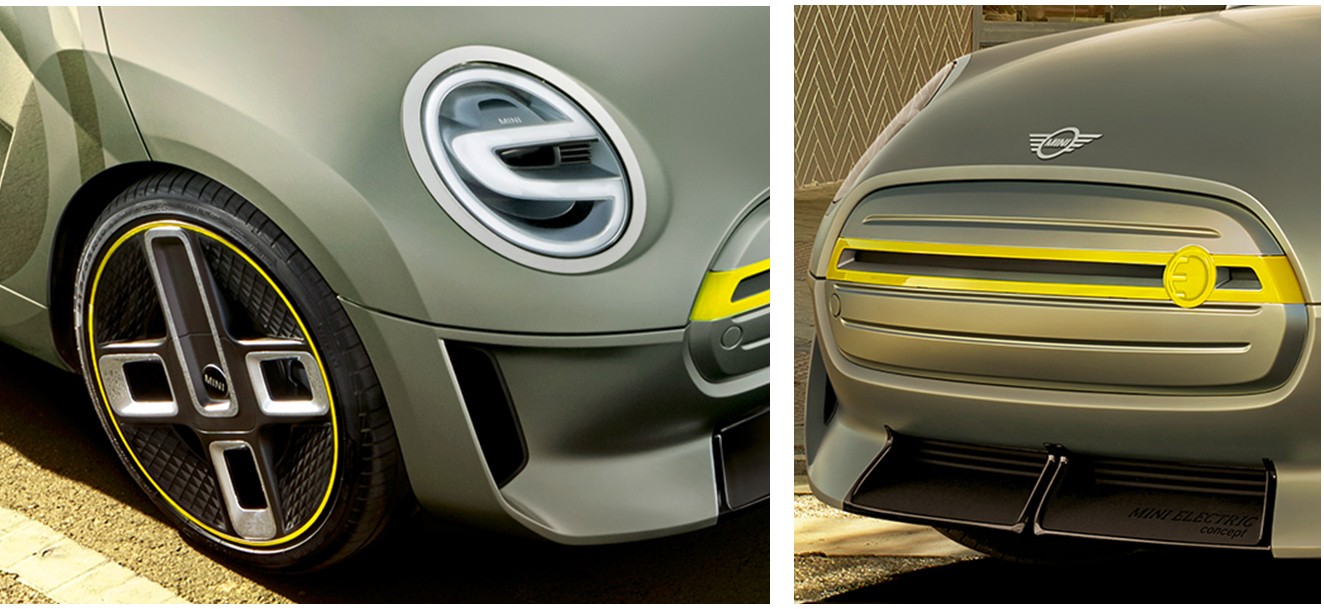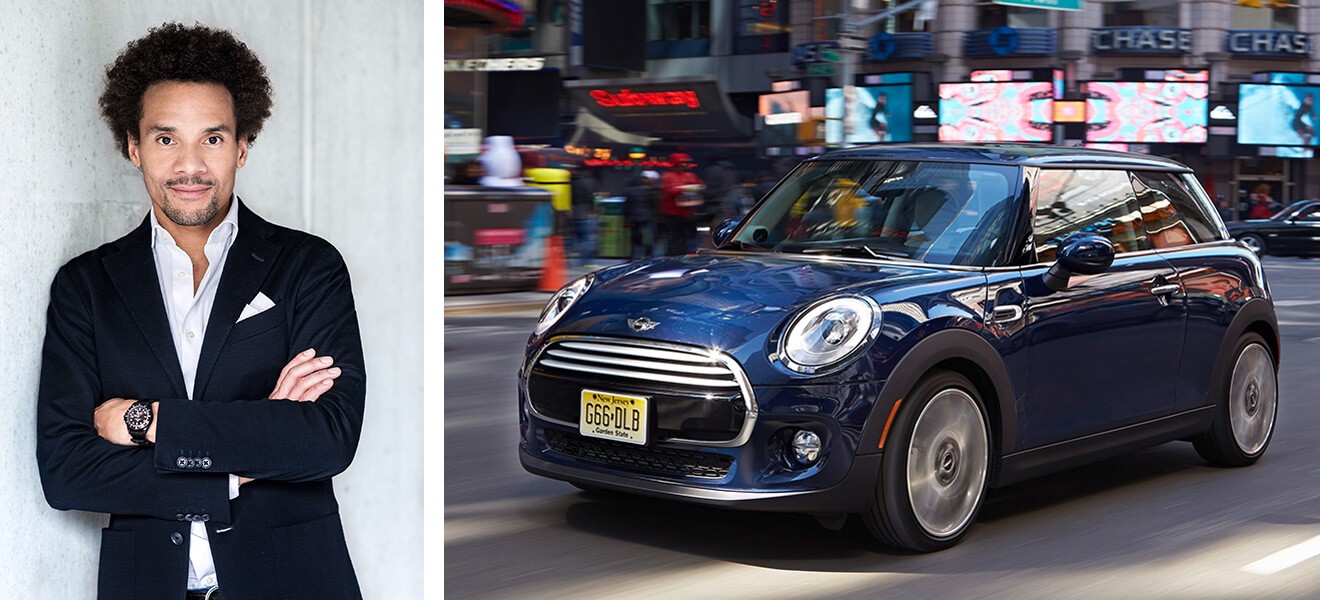Our tool for managing your permission to our use of cookies is temporarily offline. Therefore some functionality is missing.

OLIVER HEILMER.
For Oliver Heilmer, Head of MINI Design since September 2017, design is not just a career, it’s a vocation. The 43-year-old tells us about his idea of good design, his plans for the future of the MINI brand and the sense of boldness and daring they require.
Why did you become a car designer?
Ever since I can remember, cars have totally fascinated me. It started with scrawling on photos of cars in magazines when I was a young kid. Later I began to design and draw my own cars. It was soon clear that I wanted to be a car designer. But back then, this wasn’t an established career like medicine or law. So as you can imagine, my family was rather sceptical. A pre-university internship at a well-known carmaker in Stuttgart strengthened my conviction that this was what I wanted to do for the rest of my life. Not that I would have guessed back then that I would end up where I am today.
What excites you most about your job?
As car designers, we are actively creating an important part of all our futures and always looking to make the best out of this exciting time. Of course, we don’t know exactly what the future will bring. But I’m sure the technological changes we’re experiencing will be positive. Knowing that I can contribute to this process is all I need to get out of bed in the morning.
Another thing that excites me about my job is that design gives you the chance to stir it up and challenge certain things. I find that extremely energising. In a few years, I want to be able to look in the mirror and say I’ve done everything I could to bring MINI design and therefore the MINI brand into the future. Preserving existing achievements, things that are already impressive, is not where my focus lies.
WE’VE GOT SOME BIG ITEMS ON OUR AGENDA: AUTONOMOUS DRIVING, ELECTRIC MOBILITY, DIGITALISATION AND SHARED SERVICES, TO NAME A FEW.
What do you think of as “good design”?
For me, good design is consistent and reflects a purpose. The function of a product has to be immediately clear from its form and, above all, usable. It doesn’t necessarily have anything to do with beauty. Another ingredient is that it is not too loud. But at the same time it should polarise, at least to some degree, or it will risk being anonymous.
What sort of things are you keen to encourage as Head of MINI Design?
The way I see it, MINI is a brand which is not only capable of constantly developing, changing even, but which needs to do so. We’ve got some big items on our agenda: autonomous driving, electric mobility, digitalisation and shared services, to name a few. And we need to be shaping these areas. To this end, the key thing for me is that the substance of MINI remains authentic. After all, it’s an urban brand and that’s something it should continue to embody in the years to come. So for me, MINI in the future will be pure electric. Clearly, much still needs to be done in terms of infrastructure. But I’m positive about the future.
Let’s talk about electric mobility. What is the most appealing thing about creating an all-electric MINI?
New technologies are always exciting for designers, because they inject fresh energy and can therefore initiate something totally new. The electric drive system and its packaging benefits allow us to challenge established geometric solutions. The drive system is significantly smaller, but the batteries take up more space than the fuel tank they replace. In the future, this will give us whole new freedoms as far as interior space and proportions are concerned. And I see great potential here, in particular, for MINI.
You’re currently working on the first all-electric MINI, which you’ll unveil in 2019. What can we expect?
The all-electric MINI will be a genuine MINI. In other words, it will major on emotion and have a minimal footprint. The car’s electric nature will be visible in its details, for example, unconventional and innovative details which reference the traditional MINI world but at the same time combine it with new technologies. 3D printing will certainly play a role. I can’t give away more details, as we’re still working intensively on the design and there are still decisions to be taken.

MINI IS ABOUT CONSTANT CHANGE AND THE URBAN ENVIRONMENT; ITS HEART BEATS TO THE RHYTHM OF THE CITY.
So what can we expect in future from MINI and, above all, from MINI design?
MINI does not dwell on the present or the past, even if we do have a strong history to call on. The classic MINI was designed squarely for a particular purpose and developed in response to a powerful need. This is one of the reasons behind its status as an icon today. I’m keen to project this core further into the future – with all of the possibilities that this has to offer us. It is this balancing act between tradition and future focus that makes my work at MINI Design so incredibly exciting for me. At the same time, MINI has a licence – an obligation even – to provoke.
For me, MINI is no longer only a product; I see it as embodying an attitude. MINI is about constant change and the urban environment; its heart beats to the rhythm of the city. And for me MINI is definitively about diversity – the very opposite of monoculture. MINI cannot be pigeonholed. All in all, you can sum this up as a fundamental openness.


